Choose the right Fabric: Interior Home Projects
Fabric brings something to a room that no other element can add. From softness, colour to texture and sheen, the qualities brought are as varied as the style and mood you want to create. BCFA Member, Linwood, shares their expertise in how to choose a fabric right for your project or home.
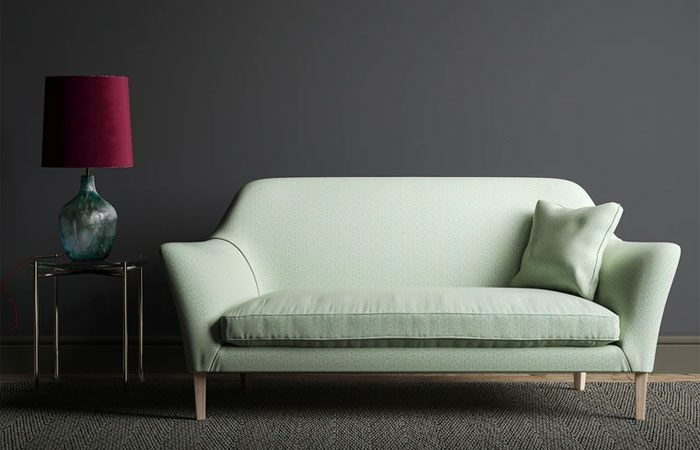
Part of the whole
Producing the right mood in a room is achieved by creating a sense of harmony, where each piece adds to the sense of the whole. So it’s important that when planning a scheme or even just replacing and updating one element that no items are chosen in isolation. (Unless you are looking for a handy excuse to refresh the rest too). Even when adhering to the tightest of colour palettes, consider new opportunities to mix finishes and textures. Don’t just think shape and colour: consider transforming with chenilles, graphic weaves featuring subtle details and foil printed velvets.
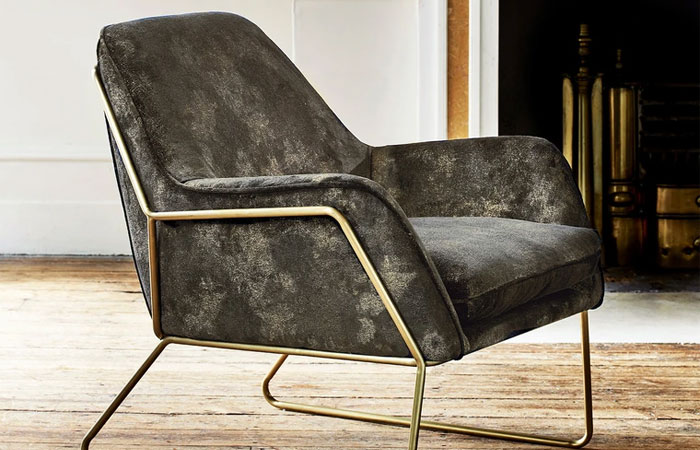
What is it for?
When considering how to choose fabric for curtains or upholstery the answer will always be different than when you choose fabric for other areas of the project. Function first. The weight of fabrics, its transparency and its durability all vary drastically. Fabrics will have the most suitable usage marked, and take the guidelines seriously. High traffic room furniture fabrics, such as sofas or a kitchen banquette will need something durable. However, looks can be deceptive; luxurious in colour and fee, Linwood’s Moleskin velvet range is hardwearing and stain resistant. Due to its high Martindale (rub count) velvet upholstery fabric is a durable dream, as are the deep tones. As a guideline, look for Martindale measurements of 15,000-25,000 for general domestic use; for heavier use furniture like sofas and beds use 25,000 to 30,000; with 100,000 and higher ratings applicable to commercial purposes. Also, consider using a forgiving pattern. Inspired by myths and legends, the Fable range of detailed and sumptuous fabrics is ideal for both curtains and upholstery. Order a physical sample to see the give, stretch, weight and durability before you commit.
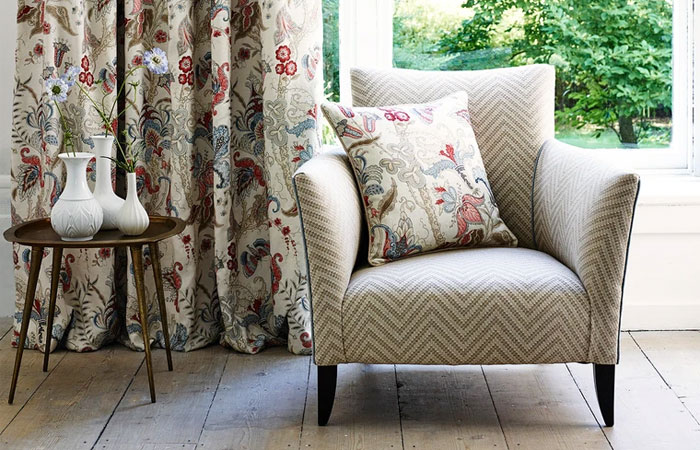
Balance the scales
Is this a big piece of furniture, like a sofa, or curtains that cover a large expanse? Neutral fabrics can be useful as they won’t overwhelm the space. Impact can be increased by playing with expectations; if the item is going to be a statement piece such as scrolled lounger, a modern pattern and shade will make sure it receives the attention it deserves.
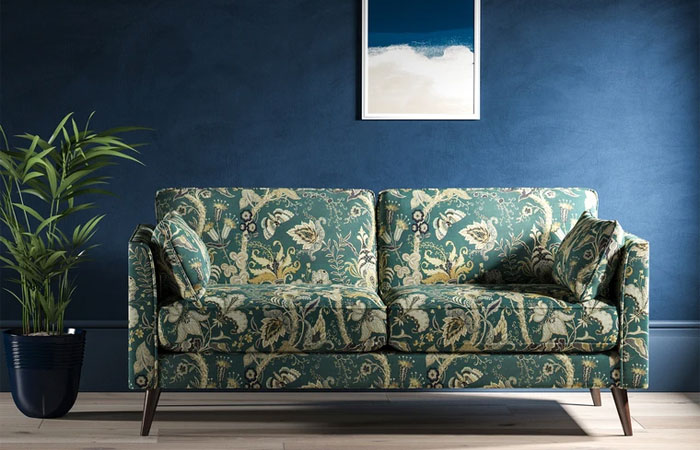
A graphic fabric on a vintage piece, plain jacquard on an antique nursing chair or a blousy vintage-style floral on a low lined Italian sectional sofa can deliver added design impact. If you want to use a larger piece, you can request a returnable sample that allows you to see more of how the scale of a pattern will work in your home project. Also consider the repeat on material; a large repeat will mean that you need to buy more fabric to match seams.
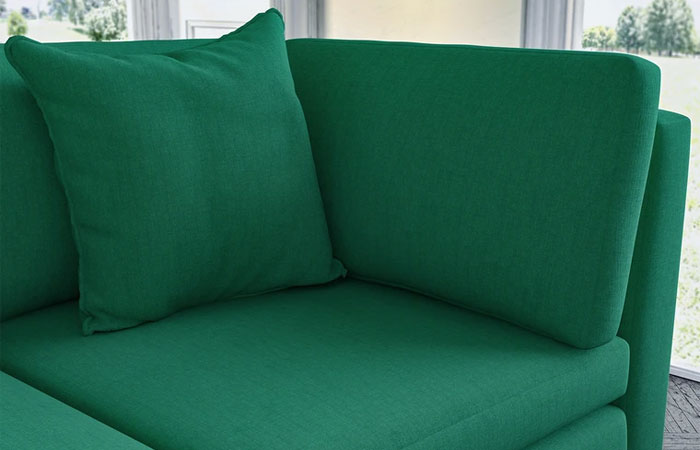
Colour me happy
It’s important to go beyond fashion when choosing an upholstery fabric. Quality of light and the proportions of a room need to be the first considerations. According to colour theory different shades can powerfully influence mood.
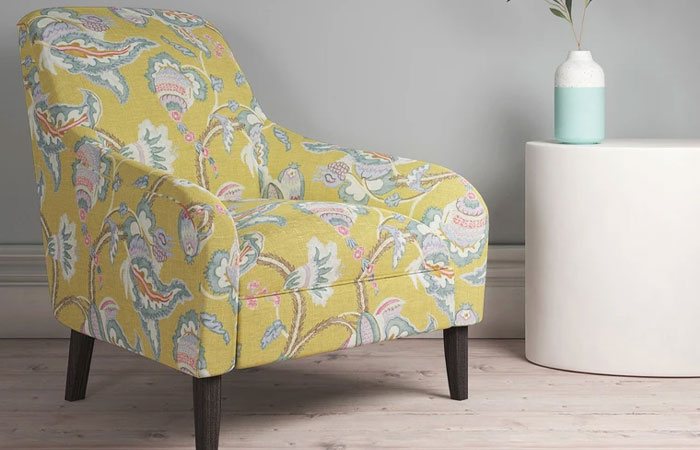
Soft blues and greens promote calm sitting rooms, whilst mustard yellows and reds are suited to convivial dining spaces. Shades of cream and white offer a sensory lightness. Move a sample around the room to see how it works in different light levels and at different times of the day and also under electric light. That way you’ll have a complete overview.
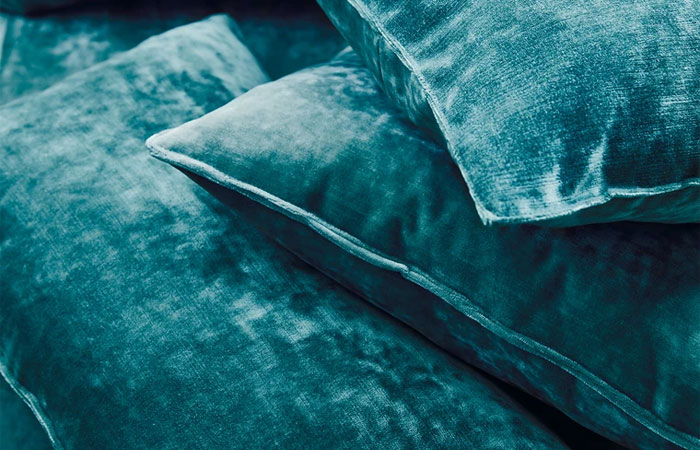
Pattern versus plain?
How to buy fabric when you don’t know where to start? Concentrate on some smaller decisions. Once you know the mood and colour that best represents your room a quick win is to use plain and patterns all in one tone. If you want to use a pattern but are uncertain, create a scheme that uses plains as a base and add in a highlight such as a seasonal accessory. Try large scale florals in acid colours or patterned velvet upholstery fabric for large cushions. Use pink upholstery fabric to create a durable backing for an extra pop. Even just adding mixed coloured buttons to a plain covered chair will add some excitement. Play with Linwood’s samples to envisage them as either as the base or feature fabric. Our Archive Collection has plains, woven stripes, jacquards and classical designs that will match effortlessly.
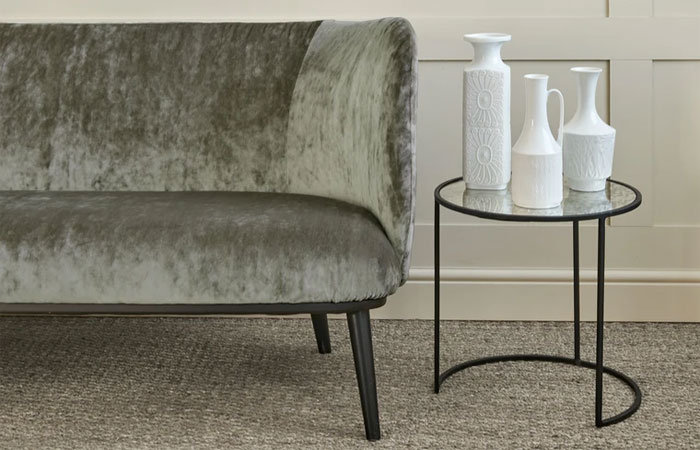
Get textural
Buying fabric is obviously more than simply liking the look. Texture and feel is a core part of the sensory experience allowing you to connect with your choice. Texture can also be a powerful additional way to underscore the mood you want to create. And if you’re a touchy-feely person, always order a sample to ensure it’s what you feel comfortable with; or on. The open weave of a washed linen combined with an off key shade can create a classical yet casual style. A mix of linen and cotton yarns in Linwood’s Luna range creates a vintage look and feel that is soft as well as durable. A twill or woven curtain will add some earthiness, or if your style is sleek in feel; fine linen will add a more formal structure.
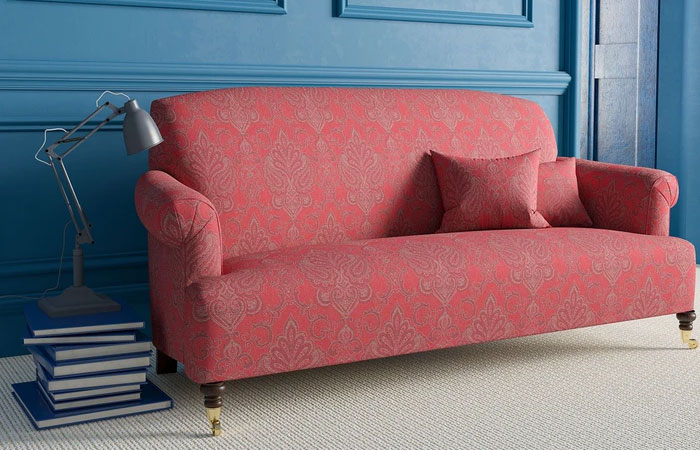
Working with light
When choosing materials for windows or upholstery fabric for a bedhead, light has to pay a part in the decision. Colour is mercurial and is influenced by everything around it, from a dark floor to brass hardware. But nothing influences colour more than light; ether energising its colour as it shines through or changing the experience of its tone as night falls. Tape curtain or blind fabric samples on the glass to see just how this really looks and avoid costly mistakes. An open weave will need a backing fabric if you want to use it in a bedroom and block out dawn, or let it flutter allowing the shape of the outside at a conservatory window. Pretty devoré with solid and burnt out sections can use light as a pretty dappled feature in a drawing-room, and layering fabrics can create interest in the simplest of schemes.
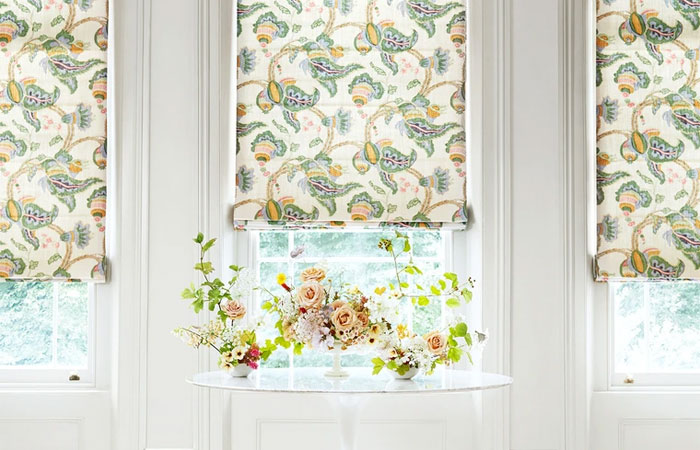
A combination of diaphanous sheers with the heavy waves of printed classical linen can add some classical luxe whilst providing you with varied light control. Shiny fabrics reflect more light whilst matt fabrics such as linens tend to absorb light regardless of colour. Understanding how fabric works with light behind it enables you to make some powerful design choices.
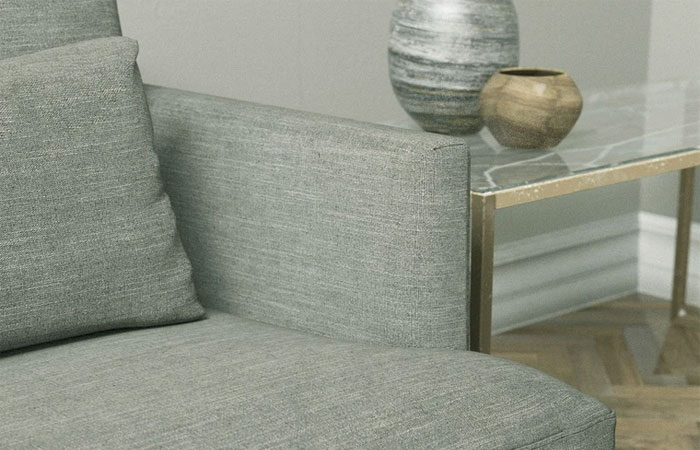
Thank you so much to BCFA Member, Linwood, who submitted this useful article for our readers to enjoy.
Take a look at more of our Design Insider Job Resources.




